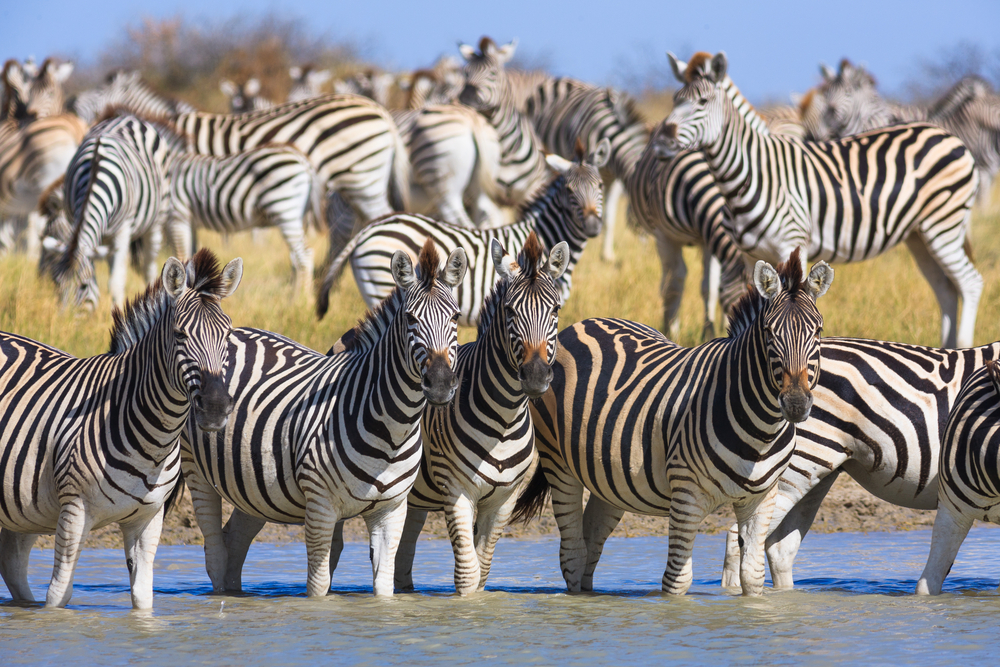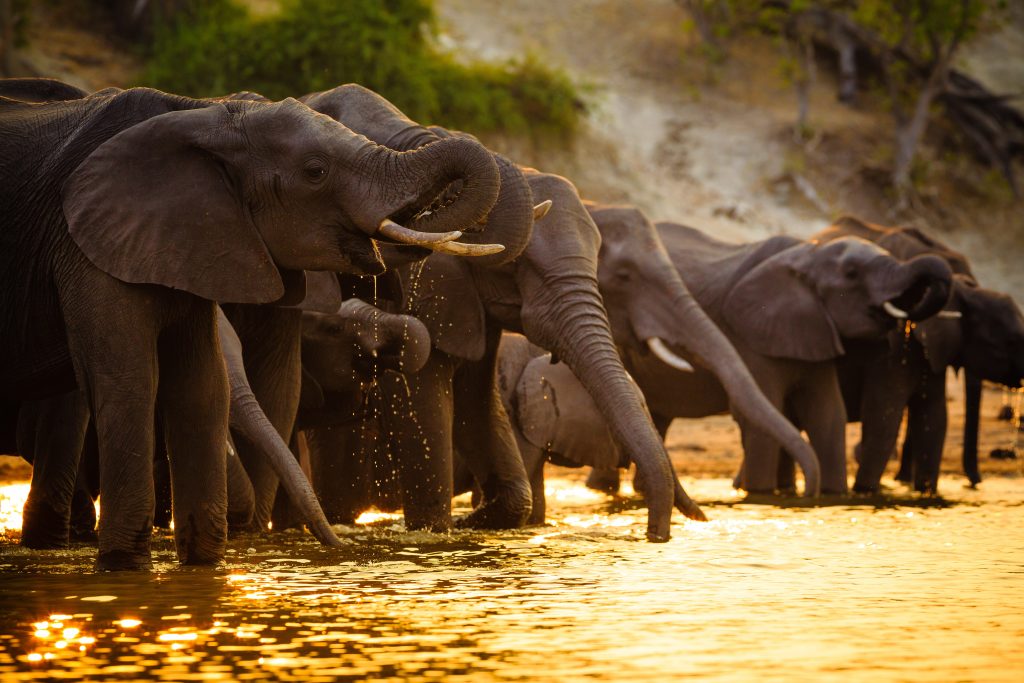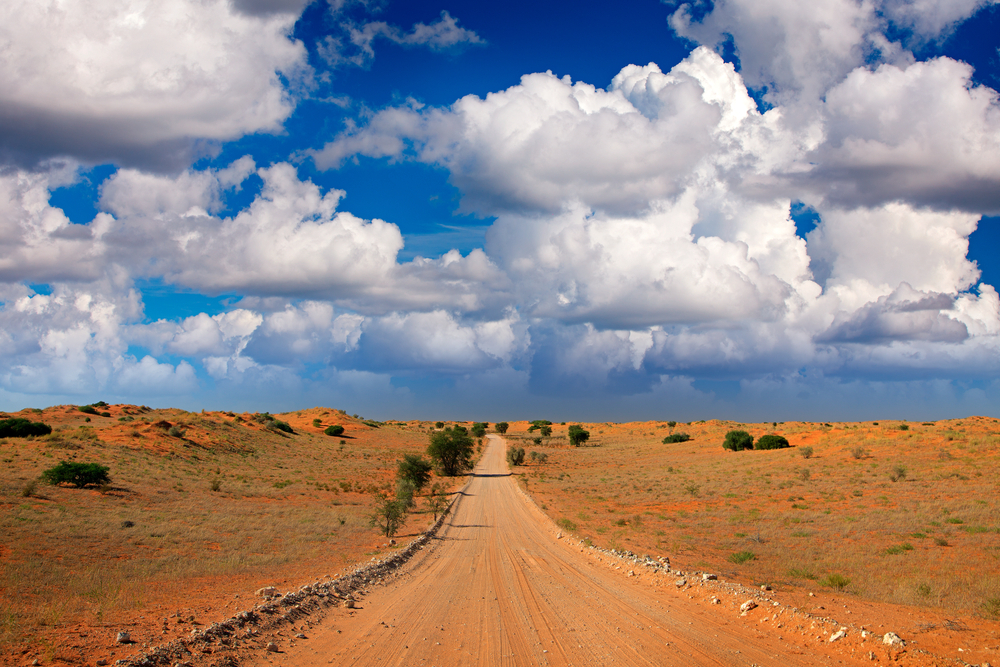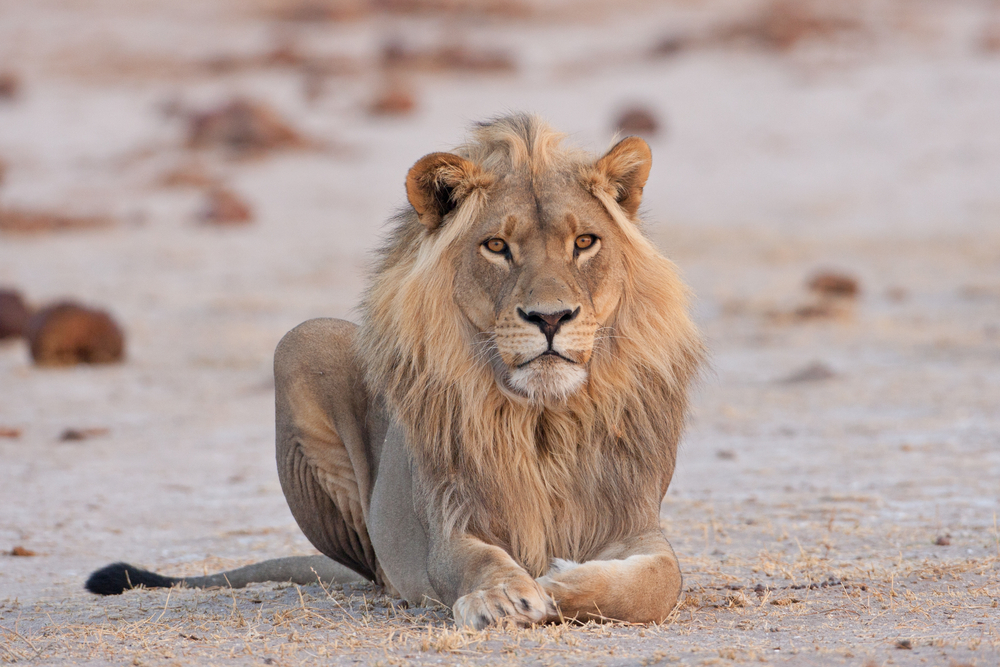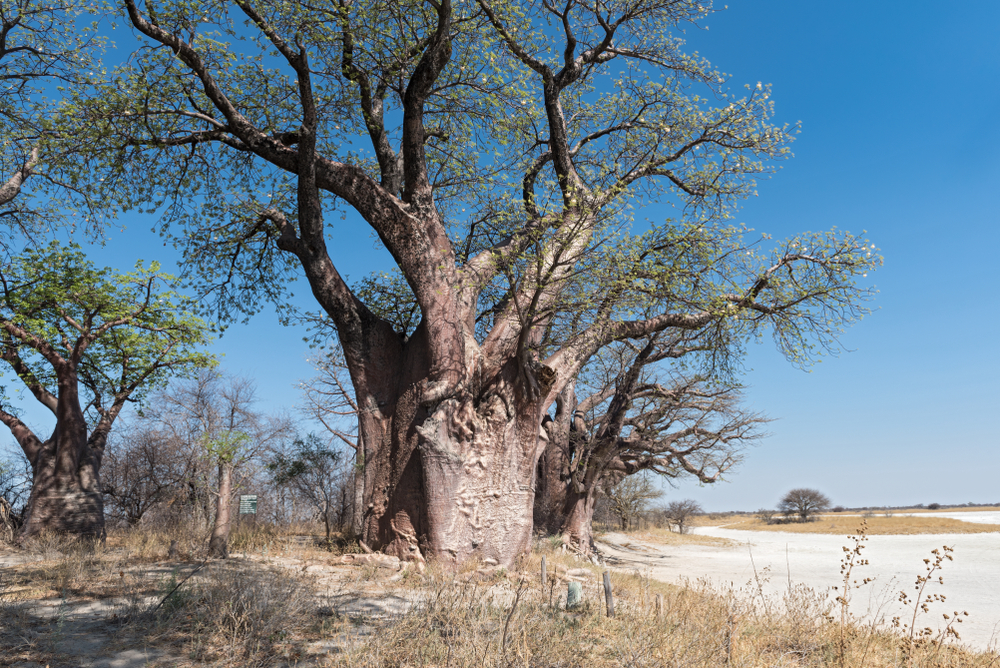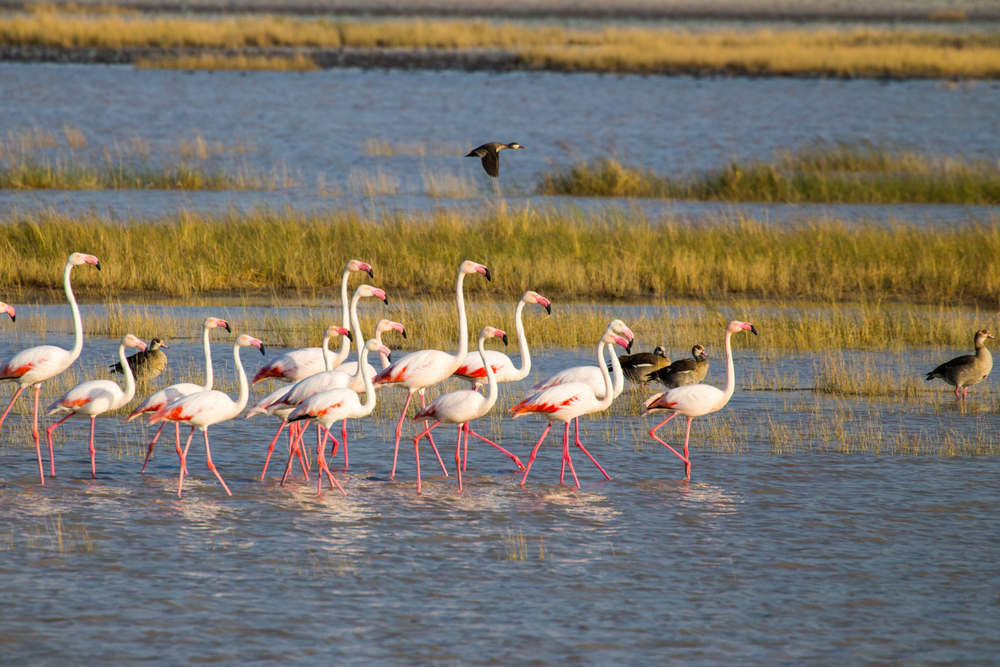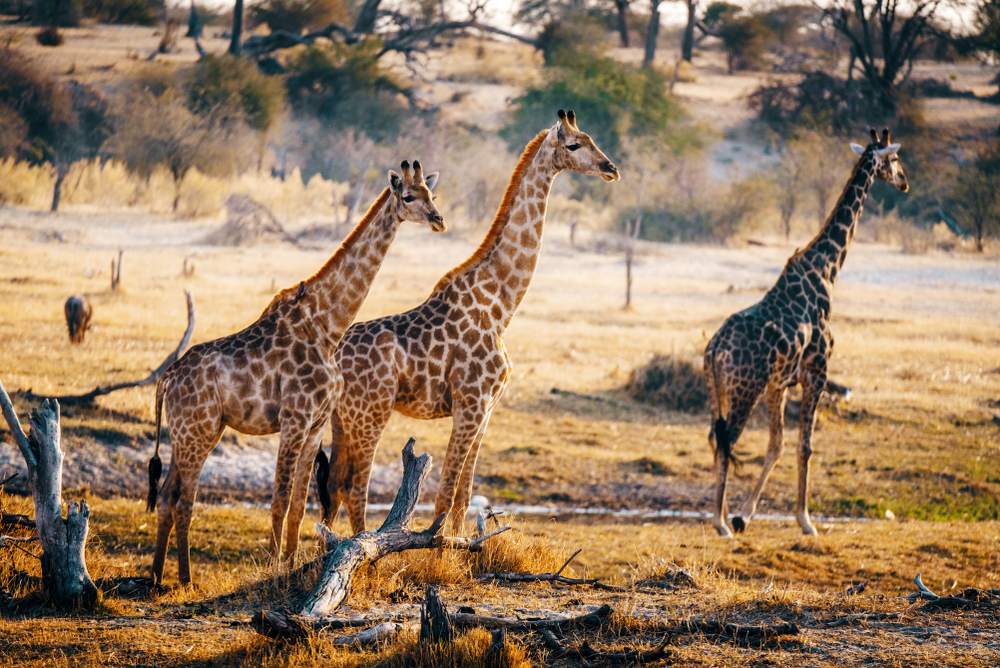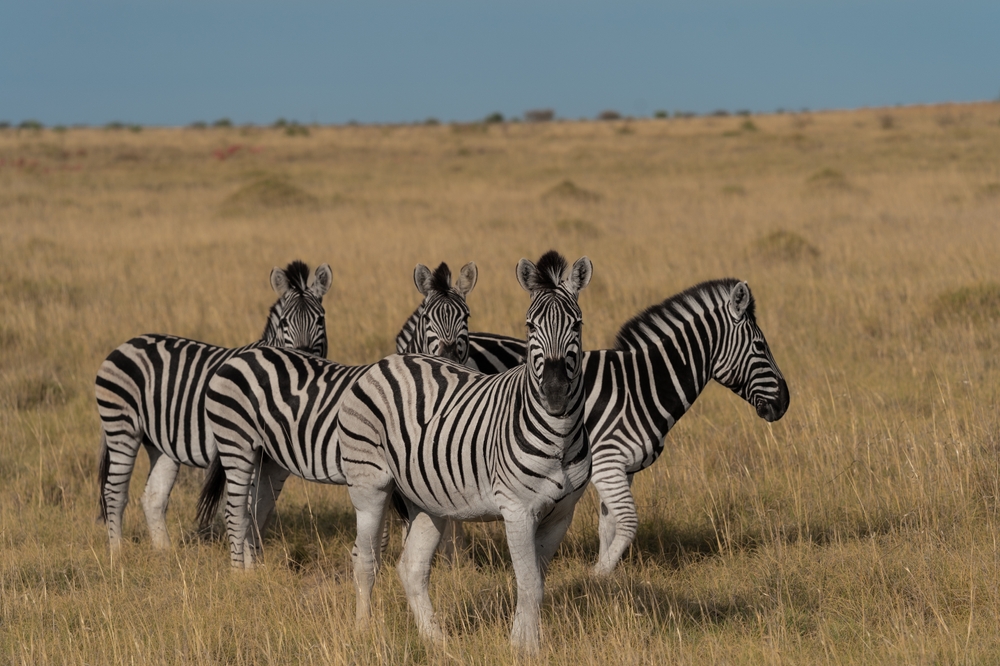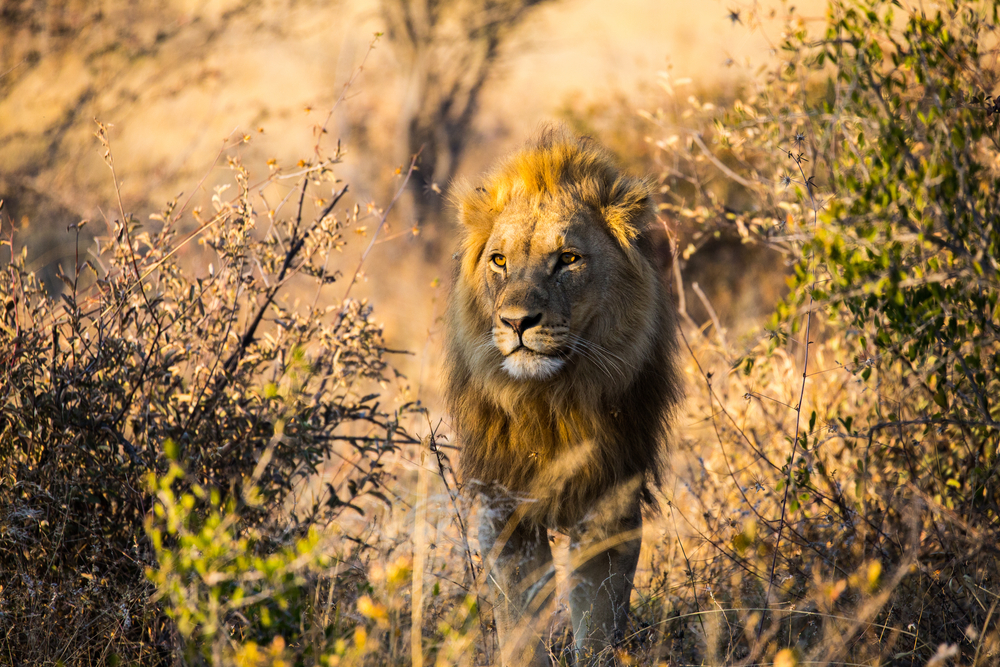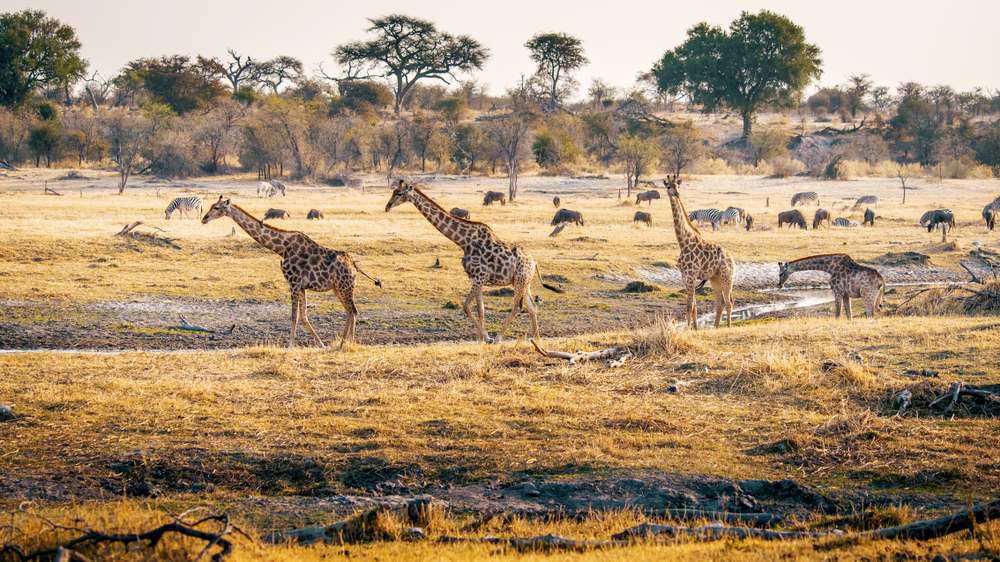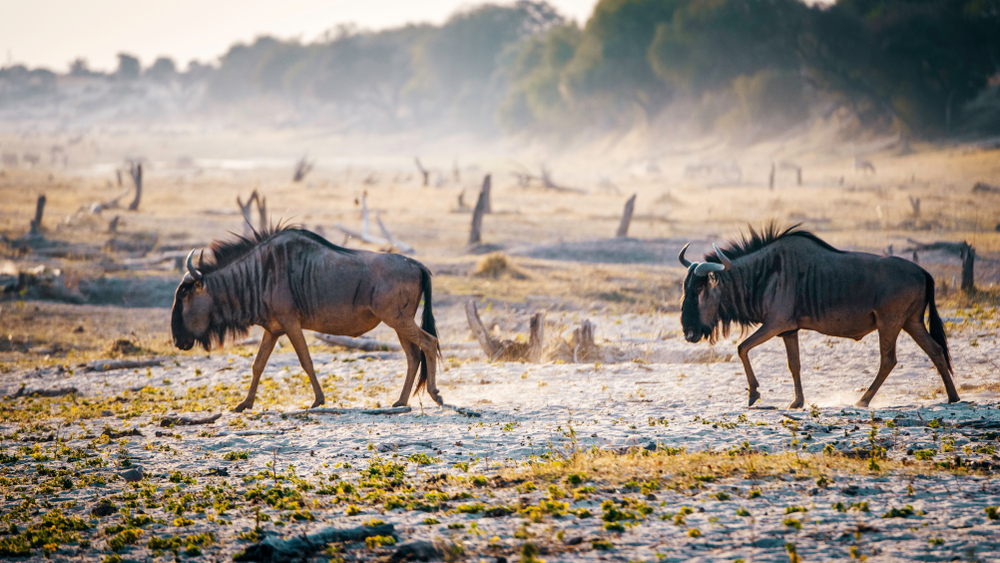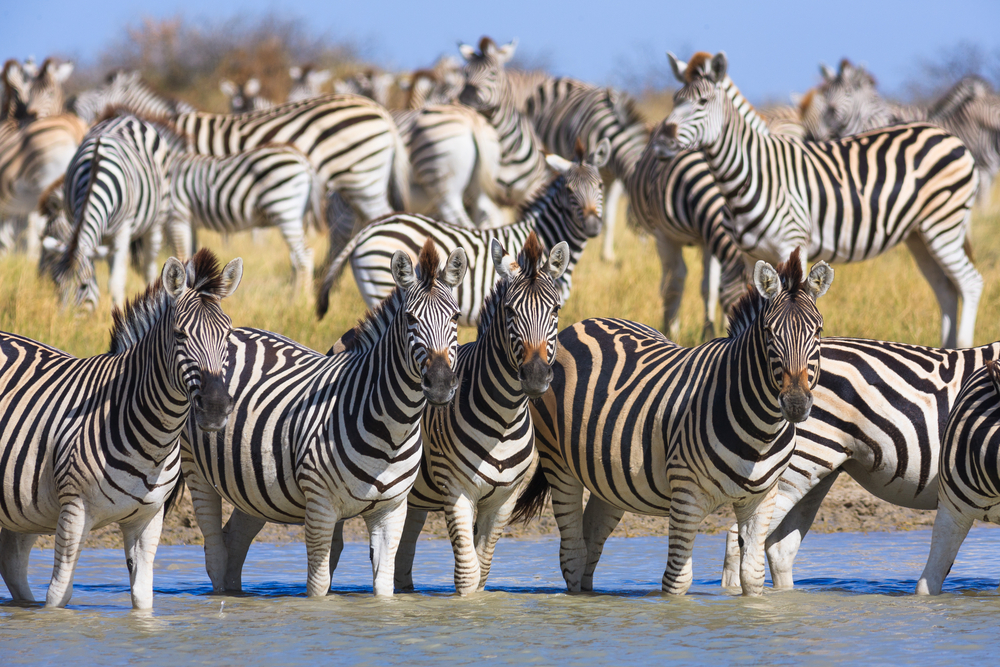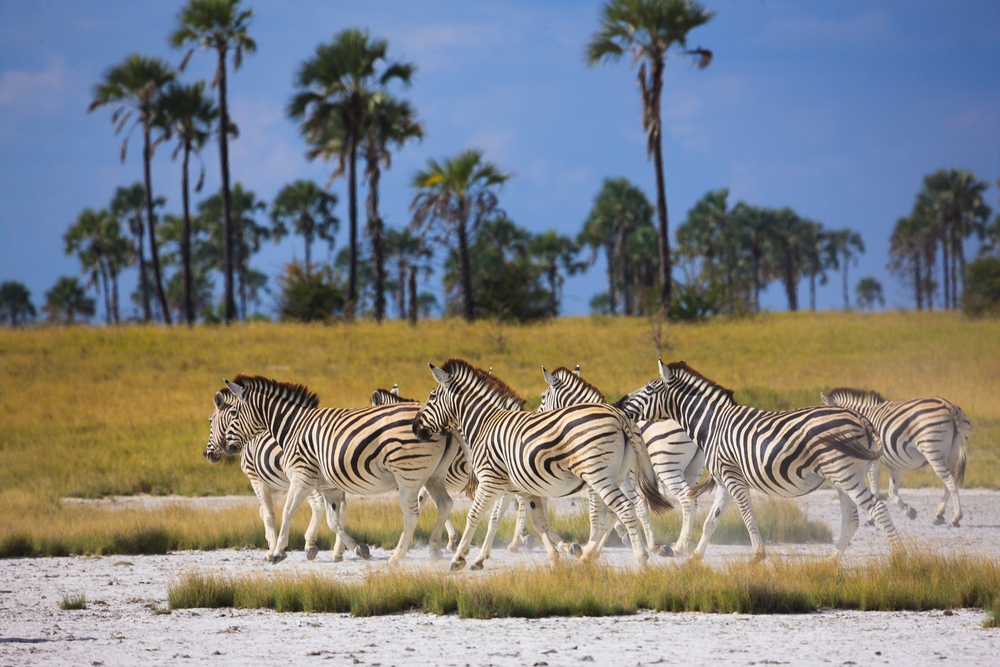Makgadikgadi Pans Overview
Makgadikgadi Pans National Park is located in northeastern Botswana, near the border with Zimbabwe, and is part of one of the world’s largest salt flats, the Makgadikgadi Pan. The park covers an area of approximately 1,900 square miles (4,900 square kilometers), and its unique, otherworldly landscapes make it one of the most fascinating national parks in Africa. The park is bordered by the Ntwetwe Pan and Sowa Pan, two of the largest salt pans within the greater Makgadikgadi complex.
The landscape of Makgadikgadi Pans National Park is defined by vast, flat, and starkly white salt pans, which were once part of a prehistoric super lake that dried up thousands of years ago. During the dry season, the pans resemble a desert, with the cracked, salty surface stretching out endlessly under a vast sky. However, the park undergoes a dramatic transformation during the rainy season, when the pans become shallow, ephemeral lakes. This influx of water brings life to the region, attracting large herds of animals and migratory birds.
The vegetation of the park is sparse and hardy, adapted to the arid conditions of the dry season. Grasslands and savannahs dominate the surrounding areas, with pockets of shrubs and acacia trees found near the edges of the pans. During the wet season, the temporary lakes provide fresh grazing areas, drawing large herds of zebras, wildebeest, and springbok, which in turn attract predators like lions and hyenas.
One of the park’s most notable events is the zebra migration, one of the largest in southern Africa. In addition to terrestrial wildlife, the rainy season also brings a spectacular array of birdlife, including flamingos and pelicans that gather in the pans. The dynamic shifts between wet and dry seasons make Makgadikgadi Pans National Park a captivating destination for nature enthusiasts.
Park Map
Makgadikgadi Pans National Park Highlights
Engaging Makgadikgadi Pans
Related National Parks More Botswana
Sources
- Botswana Tourism Organization, Makgadikgadi Pans National Park, https://www.botswanatourism.co.bw/explore/makgadikgadi-pans-game-reserve, retrieved August 2024.
- Info Botswana, Makgadikgadi Pans National Park, https://www.info-botswana.com/activities-and-places-of-interest/makgadikgadi-nxai-pans/makgadikgadi-pans-national-park, retrieved August 2024.
- Siyabona Africa, Makgadikgadi Pans National Park, https://www.botswana.co.za/africa_makgadikgadi.html, retrieved August 2024.
- Britannica, Makgadikgadi, https://www.britannica.com/place/Makgadikgadi, retrieved August 2024.








































































